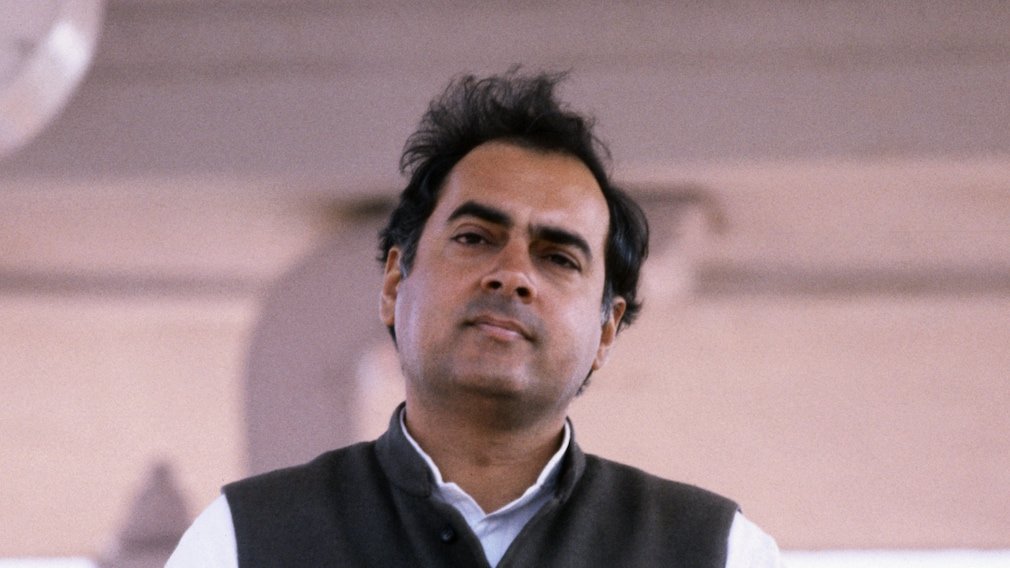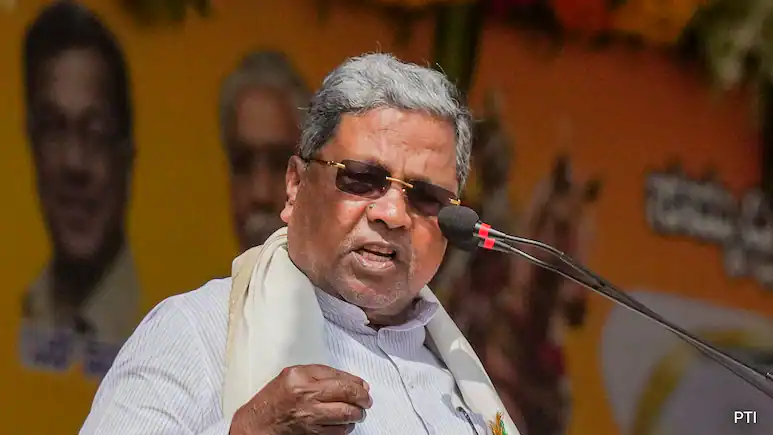On May 21, 1991, a nation was shaken to its core. Former Indian Prime Minister Rajiv Gandhi was assassinated in Sriperumbudur, Tamil Nadu, by a human bomb. Behind this brutal act was a man known simply as “One-Eyed Jack”—a swarthy, thickset figure named Sivarasan, a senior operative of the Liberation Tigers of Tamil Eelam (LTTE).
This meticulously planned political assassination was codenamed the “wedding,” and it changed the course of South Asian history.
The Mastermind: Sivarasan’s Rise Through LTTE Ranks
Born Chandrasekharampillai Packiachandran in Udupiddy, near Jaffna, Sri Lanka, Sivarasan swiftly climbed the ranks of the LTTE due to his multilingual abilities—fluent in Tamil, Telugu, Malayalam, and Hindi—and his deep knowledge of Indian geography.
His clean Indian Tamil accent helped him blend in, while a gunfight with the Sri Lankan Army in 1987 left him blind in one eye. He would come to be known among comrades as “Ottaraikkannan” or “One-Eyed Man,” and in Indian media as “One-Eyed Jack,” after the Hollywood film.
By 1990, Sivarasan had already carried out a major attack in Chennai, killing pro-India EPRLF leader K. Padmanabha and 13 of his associates in broad daylight. This drew the attention of Pottu Amman, the LTTE’s intelligence chief, who assigned Sivarasan their boldest mission yet: assassinate Rajiv Gandhi.
Seeds of Vengeance: The Indo-Sri Lanka Accord and LTTE’s Betrayal
Rajiv Gandhi, while in office, had signed the Indo-Sri Lanka Accord in 1987 with then Sri Lankan President J.R. Jayawardene. This agreement attempted to curb the LTTE’s influence and involved deploying the Indian Peace Keeping Force (IPKF) to enforce order.
The LTTE saw this as a betrayal. Hostilities erupted by October 1987, leading to open conflict between the LTTE and Indian forces. Though the IPKF withdrew in 1990, the LTTE never forgot. Vellupillai Prabhakaran, the LTTE’s elusive leader, was determined to avenge the deaths caused by Indian troops and the political betrayal by Gandhi.
When the Congress party’s 1991 election manifesto indicated continued support for the Sri Lanka Accord, the LTTE leadership decided it was time to act. Prabhakaran ordered the hit. Pottu Amman selected Sivarasan. The operation was codenamed the “wedding.”
The Assassination Plot Unfolds
Sivarasan and his team entered Tamil Nadu on May 1, 1991. To fund their operation, the LTTE smuggled five kilograms of gold into the state, which Sivarasan sold for ₹19.36 lakh.
Central to the hit squad were two women: Dhanu, the designated suicide bomber, and Shubha, her backup. Disguised in a green-and-orange salwar kameez, Dhanu boarded a bus to Sriperumbudur with Sivarasan and others.
On May 21, Rajiv Gandhi arrived at a lightly guarded election rally in Sriperumbudur. Sivarasan posed as a journalist, wearing a kurta-pyjama and carrying a notepad.
As Gandhi made his way through the crowd, Dhanu approached with a sandalwood garland. She bent as if to touch his feet and detonated the explosives concealed in her vest. Gandhi and 17 others were instantly killed. It was 10:20 PM.
The Clue That Broke the Case: Haribabu’s Camera
Among the dead was Haribabu, a photographer hired by Sivarasan to document the mission. His Chinon camera, recovered from the blast site, held crucial photos—including faces of the entire assassination team.
Why would the LTTE leave behind such incriminating evidence? The answer lies in their own culture of documentation. The LTTE maintained a propaganda unit called Nitharsanam (“evidence” in Tamil) that photographed every operation. Ironically, this commitment to chronicling their struggle led to their undoing.
The images from Haribabu’s camera were pivotal for the Special Investigation Team (SIT) led by IPS officer D.R. Karthikeyan. Within two months, most operatives were identified and apprehended—but Sivarasan remained elusive.
The Great Escape and Final Hideout
Sivarasan disguised himself in various identities—from Hindu priest to Sikh and Muslim cleric—while he constantly shifted hideouts in Tamil Nadu. Eventually, he escaped in a water tanker to Bangalore, traveling 350 kilometers while dodging police checkpoints.
He found refuge in a house in Konanakunte, on Bangalore’s outskirts. As agencies closed in, he waited 36 hours in silence, knowing they wanted him alive.
On August 19, 1991, as commandos prepared to storm the safehouse, Sivarasan took a 9mm pistol and shot himself through the temple.
Uncovering the Final Puzzle Pieces
The weapon Sivarasan used to end his life had been hidden in a dictionary beneath a tile in the kitchen of the LTTE’s Chennai safehouse. Along with it were diaries, a notebook, and a glass eye. His notes recorded every move, every contact, and every transaction from May 1 to May 23, 1991.
When the National Security Guard broke into the Bangalore hideout, they found six others dead—LTTE operatives who had bitten into cyanide capsules. The women were locked in a final embrace. The men lay with arms around each other. A tragic, silent loyalty until the end.
Legacy of a Tragedy
The assassination of Rajiv Gandhi remains India’s most sensational political murder—“cunning in conception, meticulous in planning, and ruthless in execution,” as described by DR Karthikeyan.
Sivarasan, the “One-Eyed Jack,” left behind more than just a body. He left behind a chilling lesson in how fanaticism, combined with strategy and linguistic cunning, can momentarily outwit even a powerful nation. But in the end, it was a forgotten camera, a fake eye, and a dead man’s diary that sealed the case—and ended the hunt for one of the subcontinent’s most notorious assassins.





